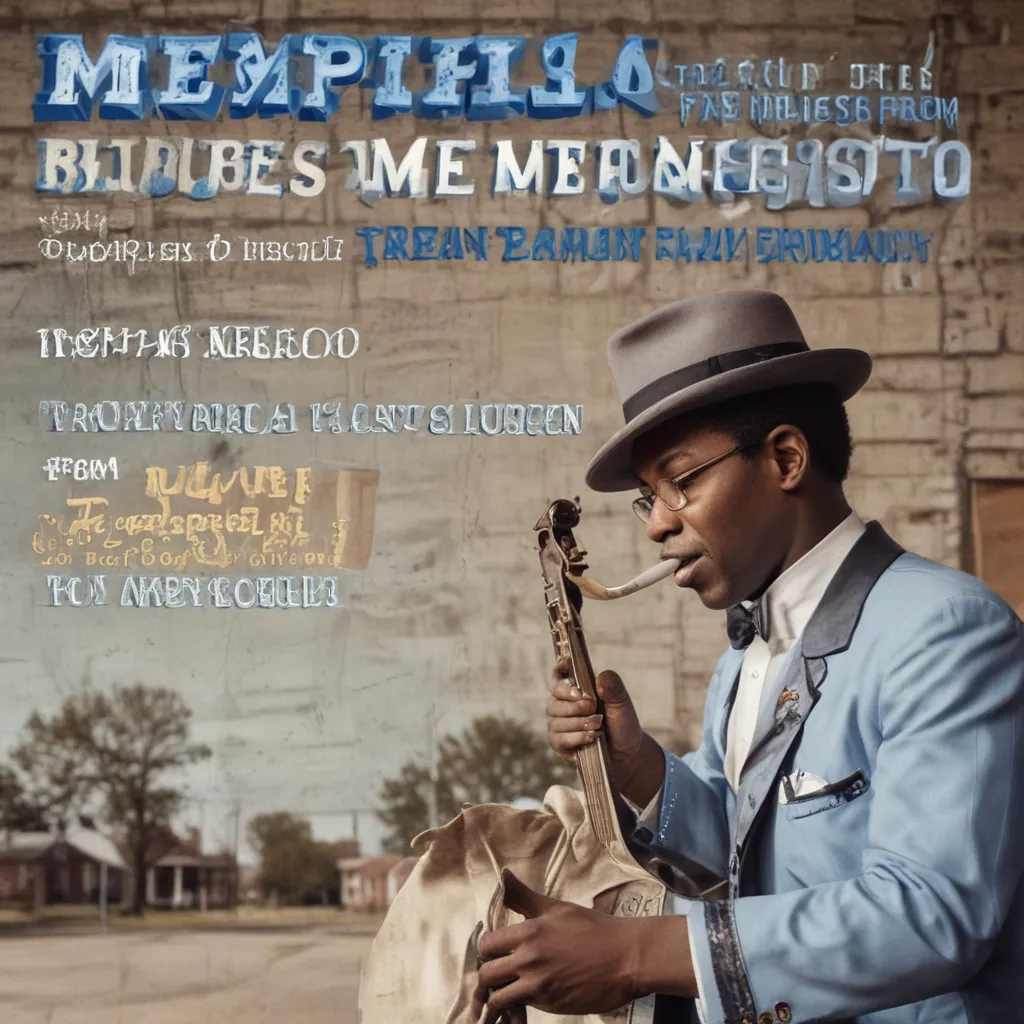
The Winding Road of the Blues
Ah, the blues – that soulful, evocative genre that has captivated music fans for generations. As I sit here, sipping on a cold beer and tapping my foot to the mournful strains of a guitar, I can’t help but wonder: how did this quintessential American art form make its way from the dusty roads of the Mississippi Delta to the vibrant festival stages of British Columbia?
It’s a journey that has always fascinated me, one marked by hardship and resilience, innovation and tradition. So, let’s hit the road and trace the winding path of the blues, from its humble beginnings in the American South to its global influence and enduring legacy.
The Birthplace of the Blues
The story of the blues begins in the heart of the Mississippi Delta, a region that gave birth to some of the genre’s most legendary figures. Here, in the early 20th century, we find the likes of Charley Patton, Robert Johnson, and Muddy Waters – names that would go on to shape the very foundation of the blues.
These trailblazers honed their craft in juke joints and on street corners, pouring their heart and soul into each plaintive note. Their music was a reflection of the harsh realities they faced: the oppression, poverty, and social upheaval that permeated the lives of African Americans in the Jim Crow South.
Yet, from this cauldron of hardship, the blues emerged as a powerful form of expression, a way for these artists to channel their pain and frustration into something profoundly beautiful. As I listen to the haunting melodies and gritty vocals of these pioneers, I can’t help but feel a deep connection to the struggles and triumphs that gave rise to this enduring art form.
The Great Migration and the Blues’ Expansion
But the story of the blues doesn’t end in the Delta. In the early 20th century, as the Great Migration brought millions of African Americans northward, the music also began to spread, taking root in cities like Chicago, Detroit, and St. Louis.
This influx of Delta blues musicians, like Muddy Waters and Howlin’ Wolf, breathed new life into the genre, blending the raw, acoustic sound of their roots with the raucous energy of the urban environment. The result was a style that was rougher, louder, and more electric, yet still retained the emotional depth and personal experiences that had always been the hallmark of the blues.
As I listen to the searing guitar solos and pounding rhythms of these Chicago blues giants, I can almost feel the bustling streets and crowded clubs of the city come alive. It’s a testament to the adaptability and resilience of the blues, a music that refuses to be confined to a single time or place.
The Blues Goes Global
But the journey of the blues doesn’t end there. As the decades passed, this uniquely American art form began to capture the attention of audiences around the world, inspiring musicians and fans alike with its raw power and emotional resonance.
In the 1960s, for instance, the British Invasion brought a new generation of blues-influenced bands like The Rolling Stones, The Yardbirds, and Cream to the forefront of popular music. These artists not only introduced the blues to a wider global audience but also helped to revitalize the genre, sparking a renewed interest in its rich history and enduring influence.
As I reflect on the impact of these British rock icons, I can’t help but marvel at the far-reaching influence of the blues. What started as the lament of the oppressed in the American South has now become a universal language of the soul, transcending borders and cultures to touch the hearts of music lovers everywhere.
The Blues in British Columbia
And it’s here, in the beautiful province of British Columbia, that the blues has found a new home and a vibrant community of enthusiasts. From the bustling streets of Vancouver to the stunning landscapes of the Okanagan Valley, the blues have taken root and flourished, thanks in part to the efforts of dedicated festival organizers and passionate musicians.
Take, for instance, the Roots N Blues N BBQ Festival in Penticton, BC. This annual celebration of Americana music has become a must-attend event for blues aficionados, drawing in top-notch performers from across the continent and offering music fans a chance to immerse themselves in the rich tapestry of the genre.
As I wander through the festival grounds, taking in the sights and sounds, I’m struck by the sheer energy and camaraderie of the crowd. Here, the blues have found a new generation of devotees, people who are eager to discover the stories and sounds that have captivated audiences for generations.
The Future of the Blues
But the journey of the blues is far from over. As I look to the future, I can’t help but wonder what new directions this resilient genre will take. Will the blues continue to evolve, blending with other musical styles and taking on new forms? Or will it remain a steadfast and timeless expression of the human experience, a universal language that transcends the boundaries of time and space?
One thing is certain: the blues will continue to captivate and inspire, touching the hearts and souls of music lovers everywhere. And as I sit here, tapping my foot and humming along to the soulful strains of the guitar, I can’t help but feel grateful for the rich tapestry of this enduring art form, and the countless artists who have dedicated their lives to keeping the blues alive.
So, let’s raise a glass to the blues, to its past, present, and future. And who knows, maybe one day, I’ll see you at the Roots N Blues N BBQ Festival, where the spirit of the blues will be alive and well, inspiring us all to embrace the joy, the sorrow, and the timeless beauty of this truly American art form.


